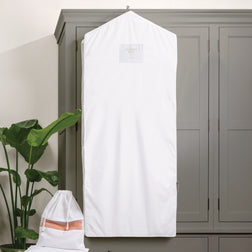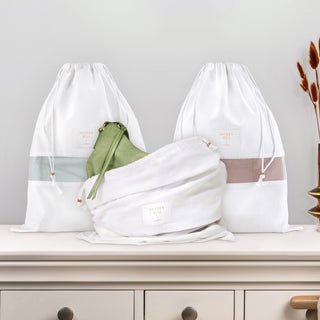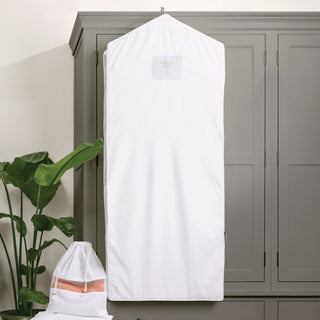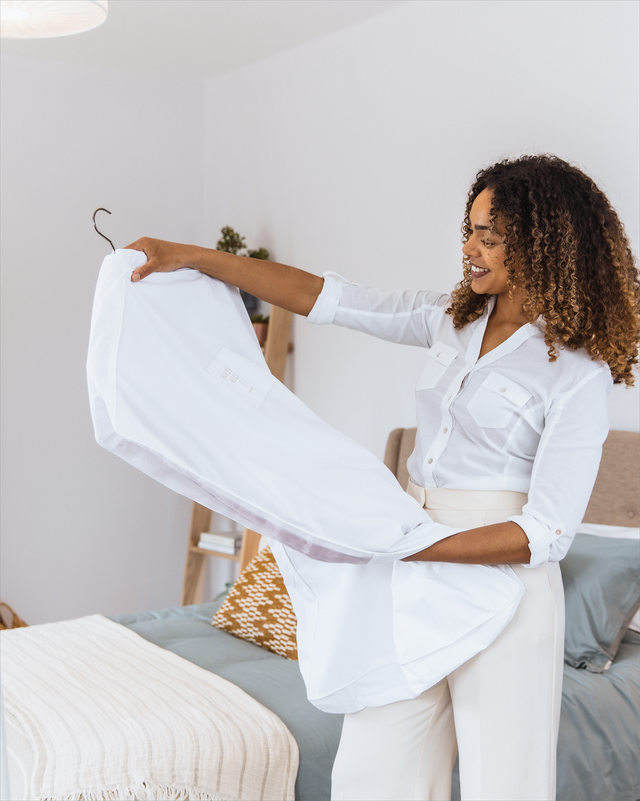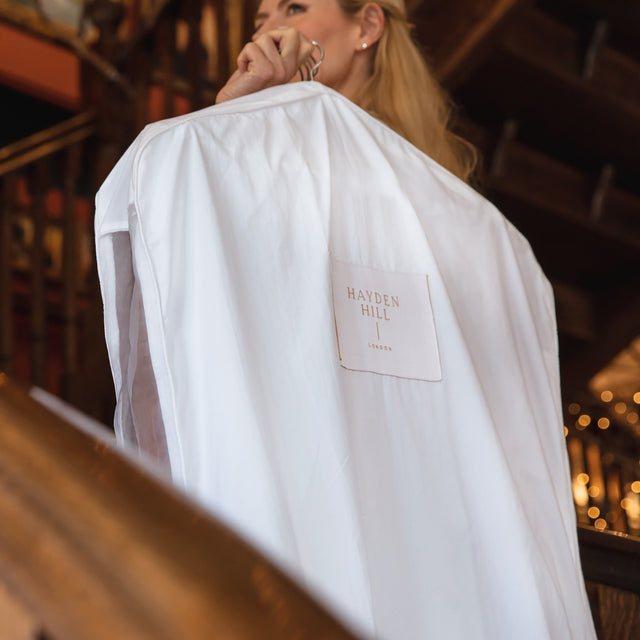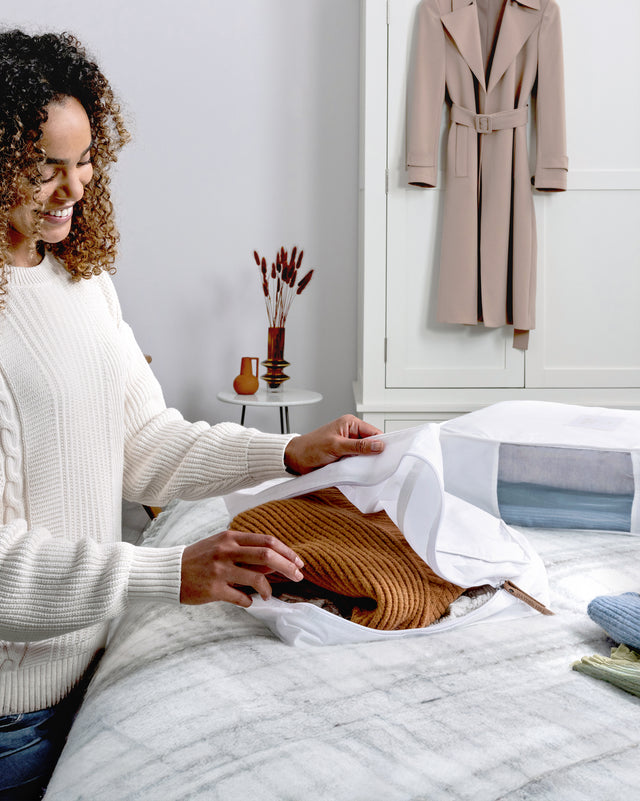Leather certainly has its advantages. It is long lasting, easy to repair, recyclable, and can be water resistant or waterproof. When you consider that leather is also timeless, it’s no wonder that items like a leather jacket and a leather handbag are staple items in every woman’s wardrobe. And, with proper care, these favorite leather items will look ageless for many years to come.
Leather is one of the most timeless fabrics; leather jackets, handbags, gloves and shoes never go out of style.
One of the reasons leather is so popular is that it ages well. Many high-quality leather items can last a lifetime, which makes it advantageous if you know how to care for these pieces at home.
Types of Leather
Before you start cleaning, it is helpful to identify the type of leather you want to clean. If you use the wrong cleaner for a particular type, you risk damaging the item.
Suede
Because suede comes from the delicate underside of split-grain animal hide, it has a reputation of being difficult to care for. Since suede is prone to stain, it is essential to keep it clean by removing any stains in a prompt and timely manner.
Nubuck
Nubuck is similar to suede in appearance and feel. But, instead of using the soft underbelly, it uses the top of the hide, which is then sanded and delicately buffed until its surface is smooth and velvety. Nubuck is comparable to suede in terms of care, but stains on nubuck can be more challenging to remove.
Aniline
Aniline is made from full-grain leather that has been chemically treated with aniline. This is one of the most popular leather jacket fabrics, and it's also the easiest to clean.
Semi-Aniline
Semi-aniline leather is leather that has been colored with water-soluble colors only. It has the same look and feel as aniline leather, though it's only mildly pigmented. Semi-aniline leathers allow the leather's natural surface to show through, which means blemishes and cuts are visible.
Nappa
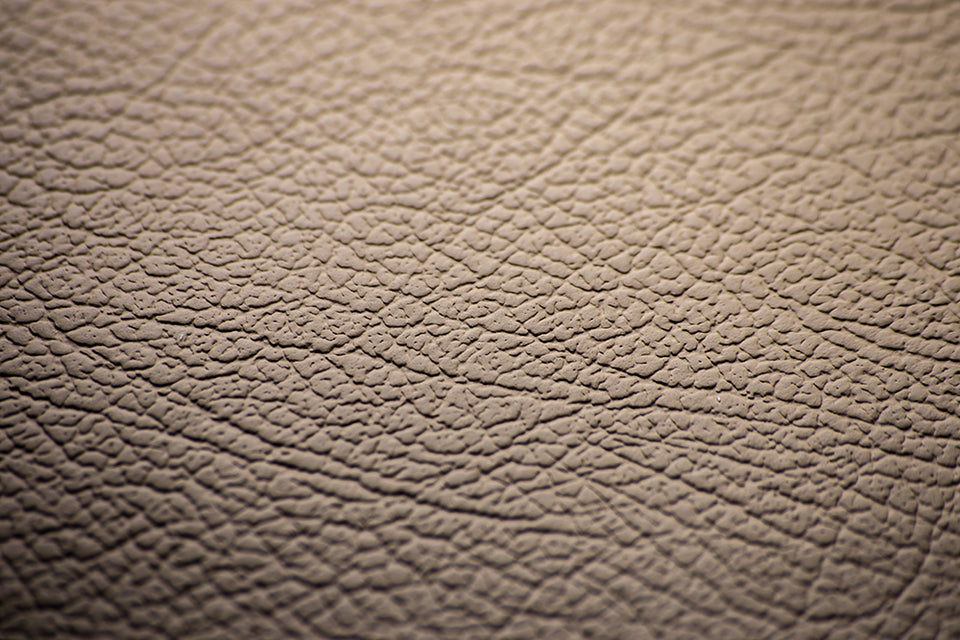
Nappa is full-grain leather that has not been chemically processed. It's unbelievably soft, supple, and smooth. Because it is untreated, it is more difficult to keep clean, but it is a beautiful textile.
Antique Grain Leather
Antique grain leather is a type of leather that has been given a surface effect to make it appear old and worn. It can have many finishing tones or a rubbed pattern to mimic wear over time. Antique grain leather gives a new item an aged look.
Degrained Leather
Degrained leather is a type of leather that has had the grain layer removed. This usually happens near the end of the manufacturing process. Degrained leather has a smooth, consistent surface that is pleasing to the eye. However, removing the grain weakens the layer's outer surface, making it more prone to wear and moisture penetration.
Double Face Leather
Double face leather, also known as double-sided leather, is a type of leather with different finishes on each side. Sheepskins, for example, are finished leather on one side and wool on the other. Another option is leather with two embossed surfaces, one on each side. It could also refer to color, with each side having a different color or color combination.
Handworked Leather
Handworked leather is a type of leather created by the manual application of leather tools. As a result, the surface of handworked leather is tooled, etched, stamped, or embossed. Because hand-handling leather is an art form in itself, the results can be quite stunning. Though beautiful, handworked leather takes quite a bit of care, due to the delicate nature of the material.
Interwoven Leather
Leather that has been braided together is known as interwoven leather. This is a type of leather often seen in belts, where the weave of the leather laces or strips provides a unique-looking piece with a distinctive texture.
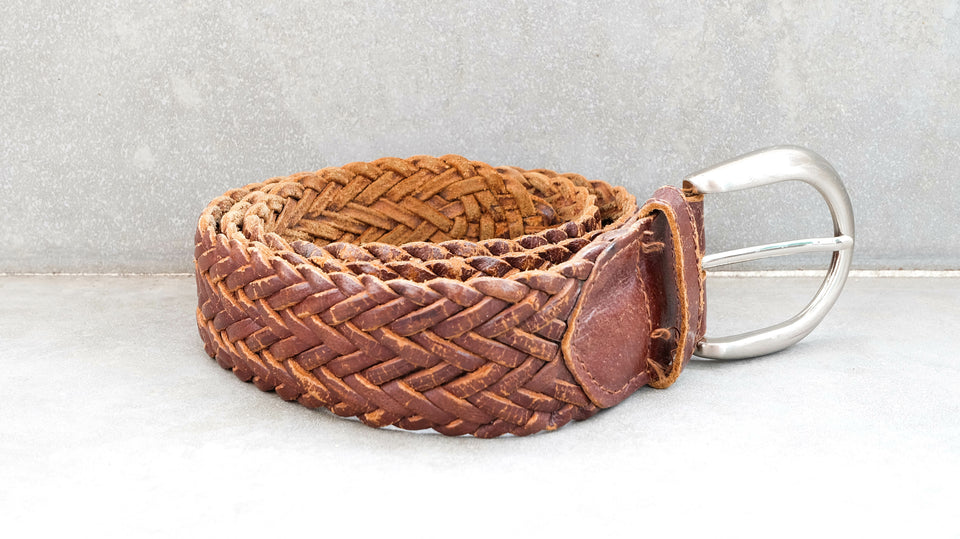
Faux Leather
Faux leather is synthetic leather that is typically made of polyurethane or vinyl. Faux leather is designed to look like real leather but at a fraction of the cost of real leather. It's popular in both the furniture and fashion industries since it's affordable, long-lasting, and easy to clean.
However, faux leather does not offer the benefits of real leather, such as improved wear over time, natural stretchability, breathability, and resistance to cuts and abrasions. It also lacks the distinctive natural look and feel.
General Tips for Cleaning Leather
Before cleaning a leather item, there are a few things you must know to prevent your leather clothes, shoes, and handbags from being damaged.
Use a leather conditioner.
After buying a leather item, consider treating it with a leather conditioner. A leather conditioner is a product designed to replenish the leather’s natural oils that keep it flexible and strong. Some conditioners also give a leather item water resistance or waterproofing. To apply the conditioner, put a small amount of the product on a soft, lint-free cloth and rub into the leather item in a circular motion. How often you should condition leather pieces depends on the amount of use they get. If you don't wear leather items very often, once a year should suffice; however, if any of them suffer exposure to rain or direct sunlight, the natural oils would benefit from being renewed every three months.
Purchase cleaners specifically for use on leather.
When cleaning leather, never use strong detergents, such as laundry detergent. The best products to choose are those that help preserve the leather’s natural lubricating oils rather than strip them away. Most department and shoe stores sell products made specifically to clean your leather items.
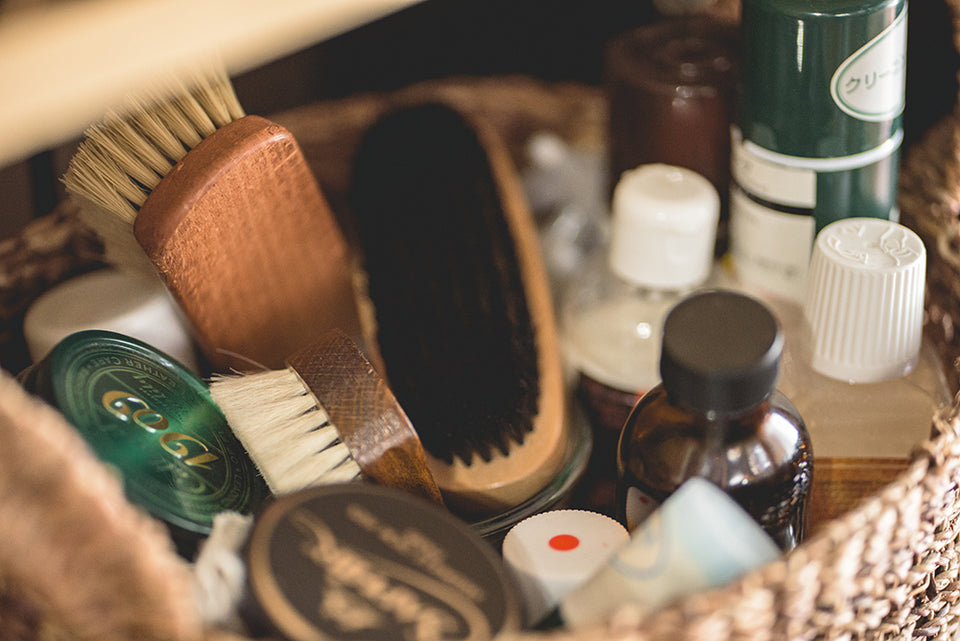
Always spot-test products first.
Before applying a cleaning product, test it on a small, less apparent area before cleaning the entire surface of the leather. Wait a few minutes after testing, and then continue with the rest of the item if no color distortion is noticeable. In many cases, using the patch test method can save your leather item from being damaged.
Dilute mild soap for cleaning spots.
Even when cleaning smaller surfaces on leather goods, such as spots and stains on your leather bags, never use undiluted regular soap. Instead, make a solution of one part mild soap (such as a baby soap or facial soap) with eight parts water. If possible, use bottled or distilled water, simply to ensure there no particles from tap water could damage leather. It is never a good idea to pour or spray the solution directly on your leather; rather, spray the solution on a sponge, or preferably a microfiber cloth, and then gently blot away the stain. Once the stain has dissolved, leave the leather to dry naturally, out of direct sunlight.
Air dry only.
Leather should never be dried in direct sunlight since this can destroy the material and cause the hide to stiffen. When drying leather, avoid using heat and always opt to air dry. It is very important to stuff the leather garment, shoe, or bag while it's drying to make sure it doesn't lose its shape.
Don’t forget metal fastenings.
When cleaning leather clothes, don't forget to pay attention to the metal fittings. If not cleaned regularly or properly, the fittings may get damaged and rust. After washing your leather clothes, dry the metal fittings thoroughly. And, don't forget to include the metal fittings in the conditioning process, as well. The leather conditioner will extend their life expectancy.
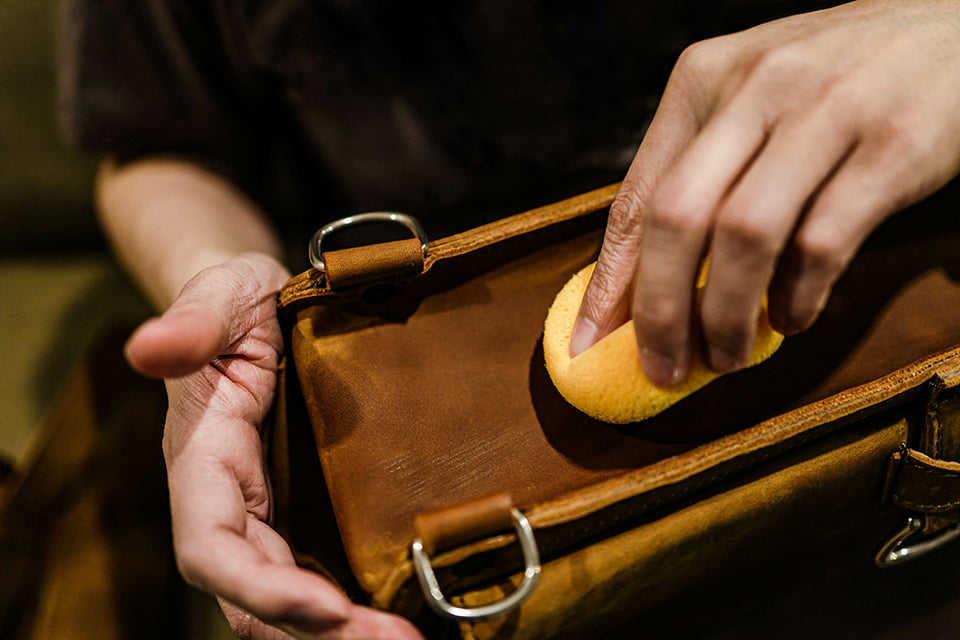
How to Hand Wash or Machine Wash Leather
Given how delicate leather clothes can be, it can feel intimidating to wash them at home. However, it is possible to hand wash or machine wash your leather pieces safely if you use extra care and follow these tips:
Hand Wash Leather
- To hand wash a leather item, fill a basin or tub with a solution of warm water and a small amount of baby soap. You can also use a fabric softener or a mild soap, but avoid laundry detergents of any kind. Place the leather item in the basin or tub and gently move it around in the water to work the soap through the item. Then let it soak for 10 minutes.
- After soaking, gently squeeze your leather garment to remove water, but avoid twisting or wringing, as this can cause the garment to crease or wrinkle.
- It is best to dry leather clothes laid out flat on a clean, dry towel, as this will absorb extra moisture. Leave your garment to dry at room temperature and make sure it's protected from direct sunlight or any heat source.
- To further protect your leather clothes (except suede), apply a leather conditioner after every wash.
- Note that hand washing leather clothes is safer than machine washing. Handwashing gives you control over how gentle your leather clothes will be handled during the wash.
Machine Wash Leather
- If you are thinking about machine washing your leather clothes, keep in mind that some changes may occur. If you have expensive leather items that need to be cleaned, it might be best to seek help from a professional leather cleaner.
- However, if you need to wash faux leather, a washing machine will work fine. Start by turning your faux leather clothing inside out. Then secure any zippers or buttons, and place the faux leather item inside a mesh laundry bag. Always select the delicate washing cycle with cold water, combined with a mild detergent. Wash the item by itself, and then hang it to dry for two or three days away from direct sunlight.
How to Remove Stains and Odor from Leather

Stains and odors are inevitable, and leather clothes are no exception. Review the list below to find how to treat a variety of stains:
Sweat
You will know that sweat has permeated your leather clothing when the leather becomes slightly stiffened or an itchy irritation occurs. However, this can easily be resolved by washing your leather item in warm water using baby shampoo. This will help soften the leather and remove the irritation.
Odors
Different types of odors can get attached to your leather clothes, which is a situation that must be remedied so you can continue wearing the items. To do so, create a solution of 1 teaspoon of bicarbonate soda crystals mixed with 1 quart or liter of warm water. Then let the leather garment soak in the solution to remove odors.
Wax
Candles make for a great atmosphere during a date, dinner, or even an intimate party, but they are a bit of a hazard when it comes to leather clothes. To absorb any wax that might have found its way to your leather item, place blotting paper or brown paper on the leather and then apply a cool/moderate iron. Keep applying the iron until the paper no longer absorbs the wax.
Blood Stains
An accidental paper cut may not be a big deal, but if any blood gets on your leather pants or jacket, it’s time to act quickly. Leather becomes stiff and odorous if blood is allowed to dry, so hand wash any leather item as soon as possible when in contact with blood.
Urine Stains
Uric acid found in urine is known to be very damaging to leather. Immediate action needs to be taken if urine comes in touch with any of your leather clothes. If not washed quickly with warm soapy water, the damage might be irreparable.
Mold and Mildew
Mold and mildew can be a problem if you haven't worn your leather clothes for a long time. Mold and mildew might occur even if the clothes are regularly worn. Cleaning and airing out your jacket on a regular basis can prevent mold and mildew, but if either appear, the first thing you should do is hang your leather clothes outside of your house. You don't want spores spreading inside your home. Clean the jacket outside to ensure that the spores are released and no longer pose a threat.
Remove any visible traces of mold and mildew from your leather clothes with a scrub brush. To make a mold-removing solution, combine a cup of rubbing alcohol or white vinegar with a cup of water. Just be sure to test the mixture on a small, inconspicuous spot of the garment before applying it to a larger area. Apply the mixture to the mold and mildew spots with a clean cloth, and let them dry fully before wearing.
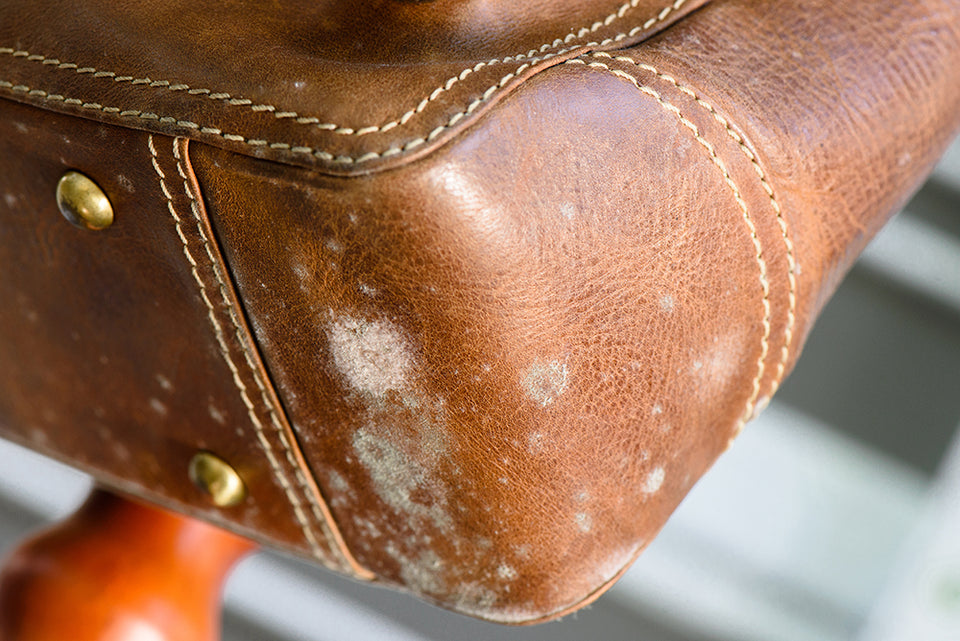
If any stains remain, wipe them with soapy water and a clean sponge, then let the leather dry completely before wearing it.
How to Care for Leather When Not in Use
In addition to cleaning it properly, there are a few other tips that, when followed, will keep your leather garments, shoes, and handbags in pristine condition.
Store leather items with care.
Properly storing your leather pieces can help preserve them for many seasons to come. Store your leather garments on a wooden or padded hanger to help maintain their shape. Avoid storing leather in hot or damp areas, and instead keep them in a temperature-controlled environment. Also, use a breathable garment bag for longer periods of storage. This will prevent mildew from forming and will keep dust at bay. Hayden Hill garment bags are ideal for storing leather, as they are made of 100% organic, breathable cotton and feature a wide, 4-inch gusset that allows you to store several garments.
Store leather shoes in breathable containers that allow them plenty of room and ensure they are able to keep their shape with the use of shoe trees. To properly care for leather handbags, stuff them with paper to help them keep their shape and place them in breathable dust bags.
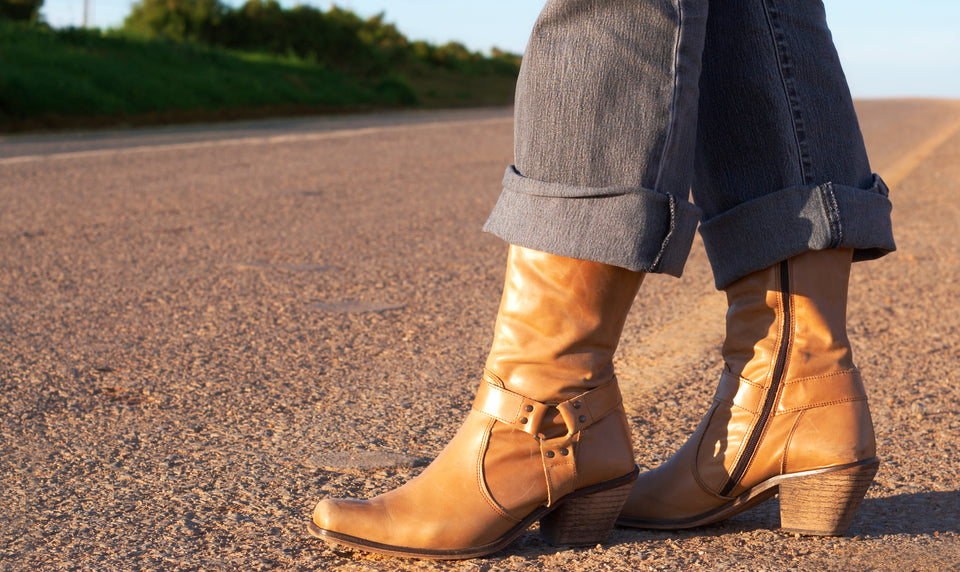
Hang, not fold, leather garments.
Never fold leather clothes. Whether you are putting away your garment for the day or in long-term storage, always use hangers, as they will help maintain the shape of the item without causing creases or any kind of damage.
Be aware of the weather.
Though it may seem obvious, check the weather forecast before choosing to wear a leather jacket, shoes, or handbag. A few snowflakes or a light drizzle won't create a massive issue for your leather clothes, but pouring rain might.
FAQs
1. Is it ok to put leather in the washing machine?
When it comes to washing leather at home, the safest practice is to hand wash leather. This way, you can be in full control during the washing process, making sure your leather item is handled with care and attention. It is not recommended to wash expensive leather clothes in the washing machine, as they run the risk of being damaged, shrunk, or discolored. However, you can wash faux leather in the washing machine with cold water on a gentle cycle.
2. Can you wash 100% leather?
Yes, you should be able to wash 100% leather. However, given the fragile composition of this material when in contact with water, it is best to hand wash all of your expensive leather garments. A good rule is to follow the washing instructions provided on your clothing label.
3. Can you wash leather with soap and water?
Quite possibly the safest way to wash your leather clothes is by using a solution of soap and water. Handwashing with this solution should even help with difficult stains, and it won't damage the leather. Make sure you are using mild baby soap or a fabric softener, instead of regular soap or laundry detergent.
4. Can you put a leather handbag in the washing machine?
It all depends on the type of leather the bag is made of, as well as if the bag is safe to machine wash. If you determine that your bag can be washed in the machine, make sure you secure all the seams, zippers, and other hardware. Use a mesh laundry bag to provide further protection while in the machine, and always use a gentle or delicate cycle with cold water.
5. Can you dry clean leather?
Limiting moisture on your jacket can be helpful, so naturally, it seems logical that dry cleaning leather clothes would be effective. On the contrary, cleaning leather without water can potentially be harmful to the condition of your leather clothes.
If leather is not hydrated during cleaning, it will dry out and lose its suppleness, resulting in eventual splitting. Also, chemicals are frequently used in the dry cleaning process, and chemicals can harm leather and cause damage. If you require expert assistance, we recommend avoiding dry cleaners entirely, and instead, seek out someone who specializes in leather cleaning.
6. What leather is hardest to clean?
Every type of leather has a certain set of rules when it comes to proper and safe cleaning procedures. However, suede is considered to be the hardest type of leather to clean, due to the nature and delicacy of the material. When it comes to colored leather, white leather is considered the most difficult, as it shows every bit of dirt or dust.
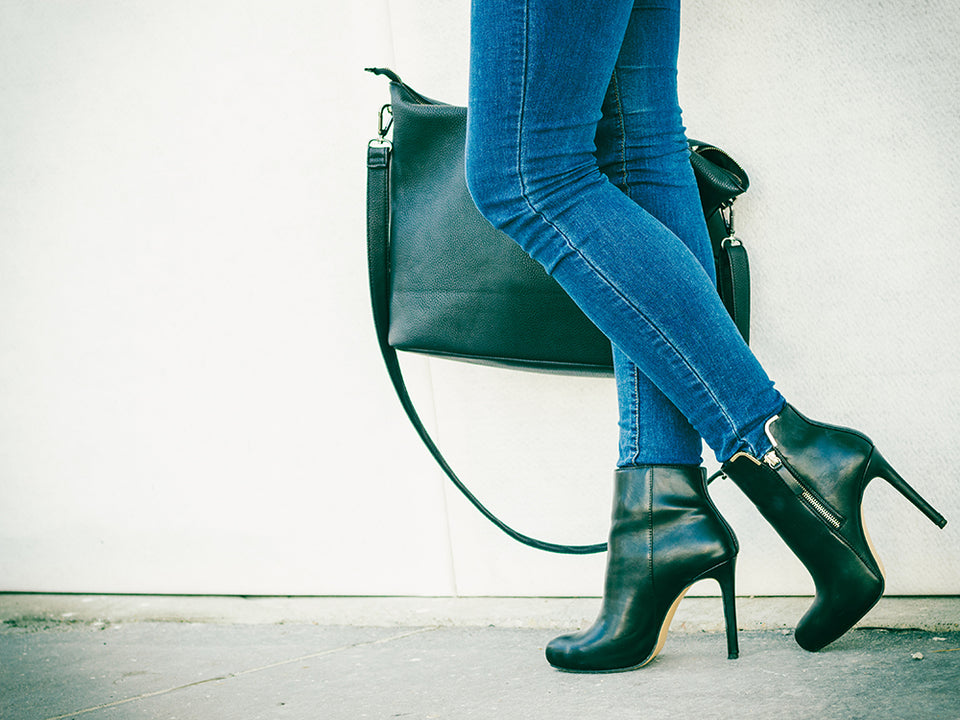
Leather certainly has its advantages. It is long lasting, easy to repair, recyclable, and can be water resistant or waterproof. When you consider that leather is also timeless, it’s no wonder that items like a leather jacket and a leather handbag are staple items in every woman’s wardrobe. And, with proper care, these favorite leather items will look ageless for many years to come.

